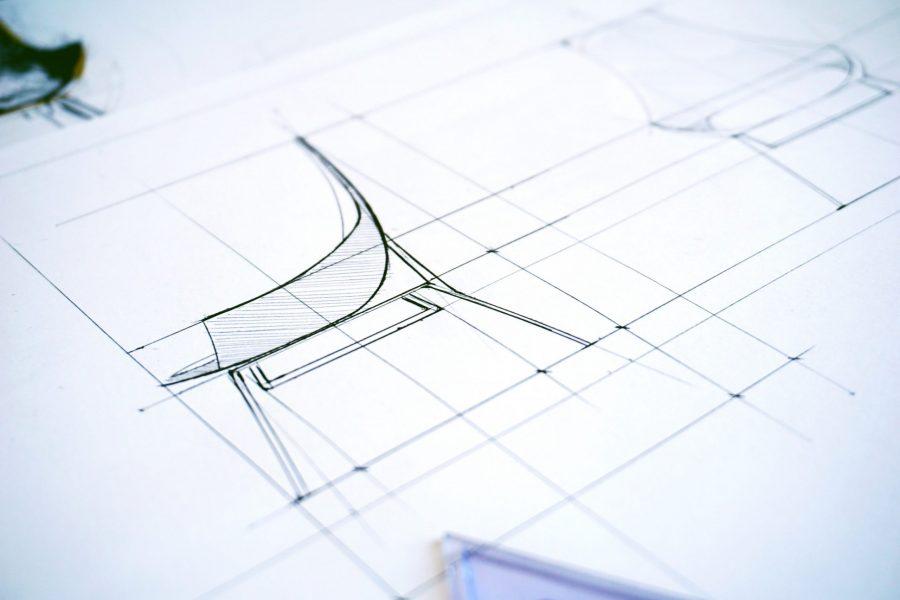Businesses that create products continuously benefit from conducting periodic reviews of their product development processes. Attempt to pinpoint instances of disconnect between where you are now and where you want to go. The following are some pointers to help you elevate your output.
1. Idea Generation
Many would-be entrepreneurs get stuck at the first stage of idea development and brainstorming. They anticipate a stroke of inspiration that will reveal the ideal thing to offer. While developing something genuinely “new” might be satisfying artistically, many of the finest ideas come from iterating on an established product.
Consider the following suggestions to generate fresh methods to modify current ideas or adapt them to a new target audience or challenge.
If you’re still on the hunt for your “aha!” moment, we’ve compiled a list of resources for developing your product ideas, from researching internet marketplaces and product descriptions for inspiration to reimagining past patterns.
2. Purpose-Driven Partner
Partnerships may provide opportunities for both parties that would not have been accessible otherwise, allowing your company to expand profitably and with purpose. The cooperation between Timberland and Thread is a great example of a deliberate relationship. While thread benefits from collaborating with a larger brand, Timberland can promote sustainable and fair supply chains and attract conscientious customers with their captivating tale of supporting communities and cleaning up the environment one product at a time. The main message is that relationships are crucial for amplifying and driving both your good social organization and your financial line. Form partnerships with digital enterprise transformation platforms to benefit from the new services.
3. Conduct Research
While you may be tempted to go straight to production with your product concept, this might be a mistake if you neglect to verify it first.
Product validation assures you that you are building a product that customers will pay for and that you are not wasting time, money, and effort on an unprofitable concept. There are several approaches to verifying your product concepts.
Regardless of how you choose to validate your concept, getting input from a large and impartial audience about their willingness to purchase your product is critical. Avoid exaggerating the value of comments from individuals who “certainly would purchase” your hypothetical product if it were created—until money changes hands, you cannot regard someone as a customer.
4. The Prototyping Process
The prototype phase of product development is used to build a completed product used as a sample for mass manufacturing.
It’s improbable that you’ll arrive at your finalized product in a single attempt—prototyping often entails testing with several versions of your product, gradually removing choices, and improving until you’re pleased with a final prototype.
Additionally, prototyping varies substantially based on the sort of product being developed. The simplest and least costly examples involve things that you can prototype yourself, such as culinary recipes and some cosmetic products. This do-it-yourself prototype technique may also be used in fashion, ceramics, design, and other verticals if you are fortunate enough to have received training in these fields.
5. Do not Disregard Feedback Reports
To provide a superior product experience, you must make the consumer feel as if they are the primary component in the whole process. Indeed, they are. Customer-centricity is determined by what people believe, desire, and feel about a product. Thus, gathering and acting on their input is a critical component of the improvement process.
Surveys, interviews, site visits, and even email inquiries are all methods of obtaining these feedback reports. When gathering feedback, ensure that the whole process runs smoothly and that it is simple for consumers to express themselves. As a result, pay close attention to every aspect while collecting comments.
Consider each step along the road, beginning with the email or survey’s design, the query’s substance, the depth of the report, and a variety of other factors. To distribute it through a newsletter, you must consider the design, subject lines, and preview content.
The critical point is that you must use your progressive brand to push the envelope of product design. Take calculated chances that, if successful, will alter the game. Consider challenges as possibilities, establish fair trade and creative working circumstances that foster internal community, be amazed by waste, and remember that someone’s rubbish may be your brand’s treasure.



